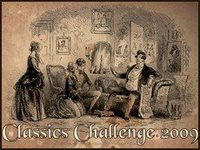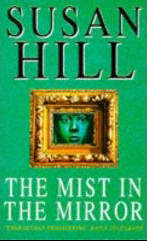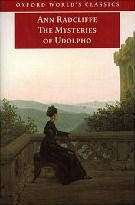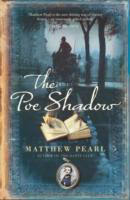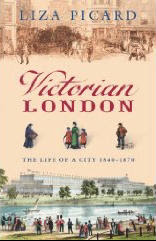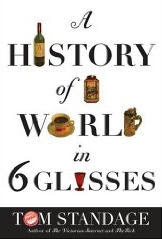R.I.P. IV Challenge #4
 David Martín’s great ambition is to be a writer. When he gets the chance to write a noir serial titled The Mysteries of Barcelona he grabs the attention not just of the reading public, but also the mysterious Andreas Corelli, a Parisian publisher who uses an angel emblem and seemingly has the ability to make the impossible become real. Years later, David has taken over a sinister, decaying mansion where he churns out pseudonymous thrillers and dreams of the lovely but married Cristina. When he needs help, Andreas Corelli obliges, but in return David must produce a very specific type of book. Not such a simple task, when the police are watching him, people are dying, and the question of what became of the mansion’s previous owner keeps distracting him. David Martín and the late Diego Marlasca share more than just initials - they both made a deal with Corelli, whose motives and plans are highly questionable and from whom it might not be possible to walk away.
David Martín’s great ambition is to be a writer. When he gets the chance to write a noir serial titled The Mysteries of Barcelona he grabs the attention not just of the reading public, but also the mysterious Andreas Corelli, a Parisian publisher who uses an angel emblem and seemingly has the ability to make the impossible become real. Years later, David has taken over a sinister, decaying mansion where he churns out pseudonymous thrillers and dreams of the lovely but married Cristina. When he needs help, Andreas Corelli obliges, but in return David must produce a very specific type of book. Not such a simple task, when the police are watching him, people are dying, and the question of what became of the mansion’s previous owner keeps distracting him. David Martín and the late Diego Marlasca share more than just initials - they both made a deal with Corelli, whose motives and plans are highly questionable and from whom it might not be possible to walk away.
I began this - the first companion piece to The Shadow of the Wind - with high and barely restrained expectations. And although it took me a while to warm up to David I wasn’t disappointed. The Cemetery of Forgotten Books made a welcome reappearance (I would love to spend time in that place!) as did Sempere & Sons bookshop, one generation earlier. It also shared the theme of a young man unravelling a mystery while overcoming his greatest weakness; but while Daniel Sempere’s besetting flaw was cowardice, David’s was cold-heartedness. This initially made him a little hard to like, but did provide some great snarkiness, especially when Isabella showed up. He didn’t want a protégée, and he really didn’t want one who would entrench herself in his house and clean it to within an inch of its life, but that’s exactly what he got and I loved every word of their verbal sparring.
And they share Barcelona. The city is a spectacular backdrop, and obliterates any notion of Spain as perpetually sun-drenched. Eerie mansions, a labyrinth of books, a witch’s hovel, dingy apartments, and of course a cemetery ... they’re all the types of location that would fit easily into The Mysteries of Barcelona. Even when nothing particularly spooky is happening, you know that in a setting like that the characters can’t remain safe for long; something will have to happen. And something always does.
It takes some time for the mystery to really get going, as it centres around Corelli and his game and there’s a fair bit of set-up required to establish his presence in David’s life. But when it does ... it was baffling, at times unnerving, and came with plenty of action. And that smell.... Even after finishing it I was still baffled, but in a “Wow!” way. Closing the book was like stepping out of a mirror maze, suddenly back amidst the everyday and wondering what had been real and what not. I know that one day I’ll have to read it again in the hope of figuring out just what was going on when it all went strange(r).
Rating: A-








